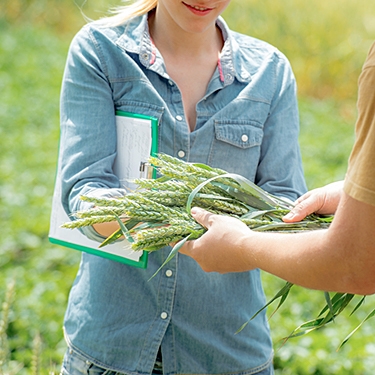Illuminating the value of technical research

On behalf of a commodity producer organization, WPI evaluated the outputs from a project that featured a $5 million investment into technical research over multiple years. WPI’s team captured the results of this extensive effort and synthesized them for presentation to the organization’s governing board; among the findings uncovered and presented for the first time was the development of genomic traits proven, via rigorous testing, to provide crop yield advantages of 50 percent or more to U.S. farmers in times of drought. Capturing measurable results from long-term efforts can be challenging. Educating clients on the dynamics of success measurement when quantifiable results are not readily available requires deep client-consultant collaboration and an ability to consider both near- and long-term client aspirations with market/policy dynamics – attributes that WPI brings to every consulting engagement.

 The U.S. Midwest received heavy snowfall this weekend and as snowflakes drifted lower so – apparently – did CBOT traders’ sentiments. The ag markets were almost entirely on the defensive to start the last month of the year with soyoil being the only major market to see meaning...
The U.S. Midwest received heavy snowfall this weekend and as snowflakes drifted lower so – apparently – did CBOT traders’ sentiments. The ag markets were almost entirely on the defensive to start the last month of the year with soyoil being the only major market to see meaning...
 Dry-bulk markets are firmer this week with the Capesize sector again leading the rally. Capesize rates saw support from stronger volumes from East Australia and the Pacific with Brazil and West Africa seeing demand for LH December and January positions. Panamax markets were firmer with growing...
Dry-bulk markets are firmer this week with the Capesize sector again leading the rally. Capesize rates saw support from stronger volumes from East Australia and the Pacific with Brazil and West Africa seeing demand for LH December and January positions. Panamax markets were firmer with growing...
 WPI Grain Prices and Freight Rate App Note: you can also visit the app directly by clicking here. Supplemental Information The section below offers a concise view of the options available in the current version of the WPI FOB Price and Freight Rate app, along with a short “How To”...
WPI Grain Prices and Freight Rate App Note: you can also visit the app directly by clicking here. Supplemental Information The section below offers a concise view of the options available in the current version of the WPI FOB Price and Freight Rate app, along with a short “How To”...